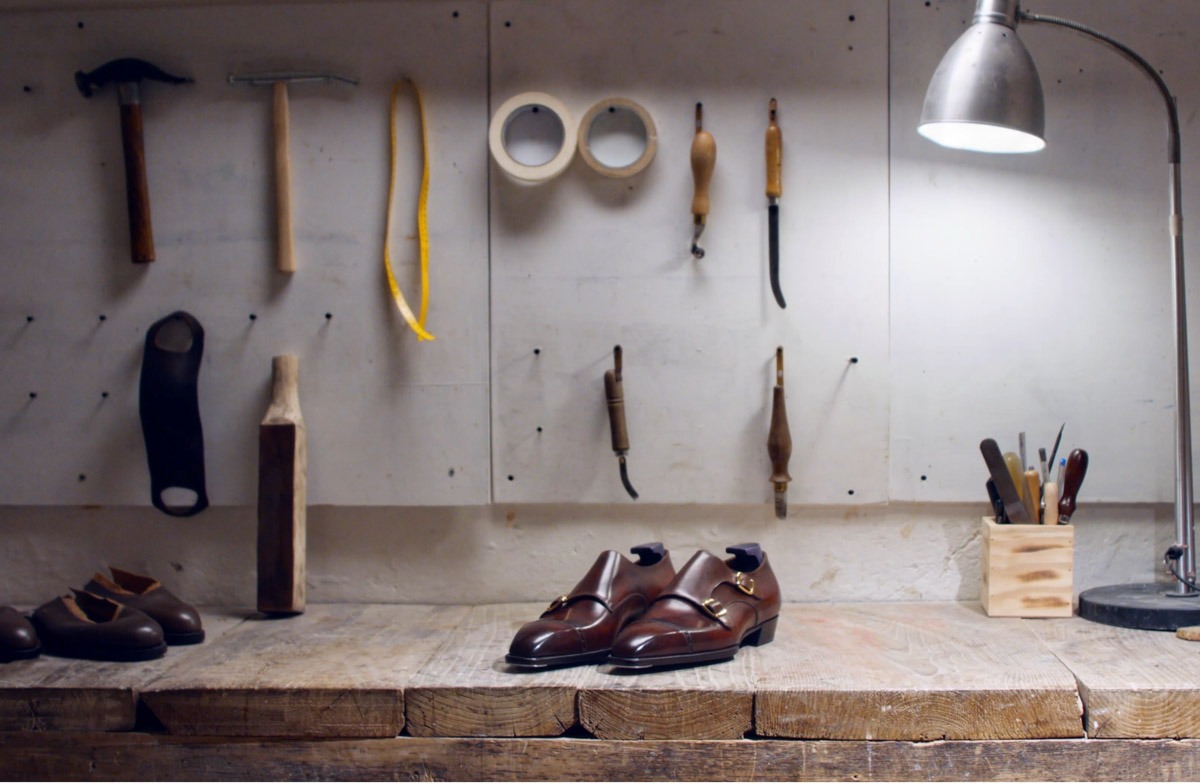Introduction
If you’ve ever dabbled in shoemaking or tried repairing your own shoes at home, you may have come across a tool called the levapioli. Although the name might sound unfamiliar to some, this small but mighty instrument plays a big role in the craft of footwear.
In this article, we’ll break down exactly what a levapioli is, how it’s used, and why it’s a must-have for anyone serious about shoemaking or maintaining high-quality shoes. Whether you’re a professional cobbler or a DIY enthusiast, learning about the levapioli can save time, improve precision, and elevate your craftsmanship.
What Is a Levapioli?
The levapioli is a traditional Italian shoemaking tool, primarily used to remove nails or tacks from the soles of shoes. The term itself comes from the Italian words “leva” (lever) and “pioli” (pegs or nails). True to its name, it acts as a small pry bar with a precisely angled, flat head that fits under metal fasteners and lifts them out cleanly without damaging the surrounding leather or sole.
This tool has been a staple in European cobbler workshops for centuries, and it’s now becoming more popular worldwide as interest in hand-crafted shoes and sustainable fashion continues to grow.
Why Use a Levapioli in Shoemaking and Repair?
Preserves the Shoe’s Integrity
Unlike pliers or screwdrivers, which can scuff or tear materials, a levapioli’s design minimizes damage. It gives you more control and finesse when working with delicate leather or vintage soles.
Improves Precision and Safety
Its slim, angled tip allows for accurate removal of tacks, especially in tight or curved areas of the shoe. This is essential during resoling or heel replacement, where precision matters most.
Boosts Efficiency
For shoemakers and repair professionals, using the right tool speeds up the job. The levapioli’s ergonomic handle and leverage make tack removal quicker and less tiring.
How to Use a Levapioli: Step-by-Step Guide
1. Identify the Tacks or Nails
Before starting, locate the nails or tacks embedded in the sole or heel. These are often placed during manufacturing to secure layers together.
2. Position the Tool Correctly
Slide the flat, beveled end of the levapioli under the nail head. If the head is buried, gently tap the tool with a mallet to wedge it beneath.
3. Apply Steady Pressure
Once the tool is in position, press down on the handle to lift the tack out. Avoid sudden jerks—smooth, firm pressure works best.
4. Remove Residue or Fragments
After extraction, inspect the area for leftover fragments or holes. Use a leather filler or patch if necessary before proceeding with new construction or repair.
Levapioli vs. Other Tools
You might wonder why not just use pliers, screwdrivers, or crowbars. Here’s how the levapioli stacks up:
| Tool | Best For | Downsides |
|---|---|---|
| Levapioli | Tack removal, precision | Not widely available in stores |
| Pliers | Gripping large nails | Can damage leather or pull unevenly |
| Screwdriver | Loosening screws | Poor leverage, not tack-friendly |
| Pry bar | Heavy-duty lifting | Too bulky for fine shoe work |
If your focus is shoe repair or artisan shoemaking, a levapioli is the tool designed for the job.
Where to Buy a Levapioli
Levapioli tools are still considered niche outside of Italy and parts of Europe, but you can find them online through:
- Specialty cobbler supply stores
- Etsy (handmade or vintage variants)
- Amazon (imported models)
- Shoemaking forums (classifieds and tool swaps)
Maintaining Your Levapioli Tool
Like any hand tool, the levapioli performs best when maintained properly. Here’s how to care for it:
- Keep it dry: Moisture can rust the metal parts.
- Sharpen occasionally: The tip may need slight reshaping over time.
- Oil the joint: If it has moving parts, apply a few drops of machine oil.
- Store safely: Avoid tossing it in with other tools—blades and tips can dull or chip.
Who Should Use a Levapioli?
Professional Shoemakers
Anyone involved in custom or high-end shoe production benefits from the levapioli’s precision and control.
DIY Shoe Repairers
If you repair your own boots, dress shoes, or heels at home, this tool will save time and minimize material damage.
Leatherworkers
Artisans working with leather goods can also use the levapioli to remove fasteners from bags, belts, or saddles without tearing the material.
Multimedia: Levapioli in Action
- Video Tutorial: “Removing Tacks Safely with a Levapioli”
- Infographic: “5 Steps to Use a Levapioli for Shoe Repair”
- A close-up of the levapioli tool with alt text: “levapioli tool for shoe repair”
- Step-by-step usage photos
- Comparison of tack removed with and without levapioli
Conclusion
The levapioli may be small, but its impact is huge when it comes to precision shoe repair and quality craftsmanship. Whether you’re just getting into DIY shoe work or you run a busy cobbler shop, investing in the right tools makes all the difference.
